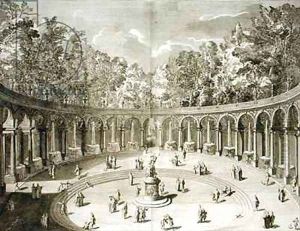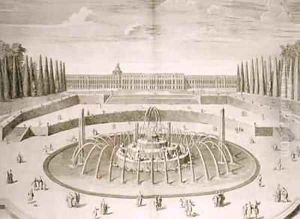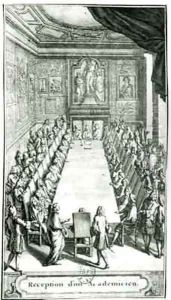Delamonce, F. Paintings
Ferdinand Delamonce was a French architect and engraver, born in 1678 in Lyon, France. He was a representative of the late Baroque and early Rococo periods in French architecture. Delamonce was known for his elegant designs that often featured intricate details and a harmonious blend of architecture and sculpture.
Delamonce's education and early career remains somewhat obscure, but it is known that he was active during a period when French architecture was transitioning from the grand, monumental styles of Louis XIV to the more delicate and playful Rococo style that would come to prominence in the mid-18th century. He was influenced by the works of contemporary architects such as Jules Hardouin-Mansart and Germain Boffrand.
Throughout his career, Delamonce worked on various religious and secular buildings. One of his most notable projects was the design for the façade of the Hôtel-Dieu in Lyon, a historic hospital founded in medieval times. His proposal for the façade showcased his mastery of classical architecture, although the project was eventually realized by another architect, Jacques-Germain Soufflot.
Delamonce was also known for his engravings, which were an essential tool for the dissemination of architectural ideas during his time. His engravings showcased not only his own designs but also served as a means to document and spread the contemporary architectural styles. These works played a significant role in influencing other architects across Europe.
Ferdinand Delamonce passed away in 1753 in Lyon. Although not as widely recognized as some of his contemporaries, Delamonce's contributions to French architecture are still appreciated by scholars and enthusiasts of Baroque and Rococo architecture. His works reflect the elegance and transition of styles that characterized the early 18th century in France.


